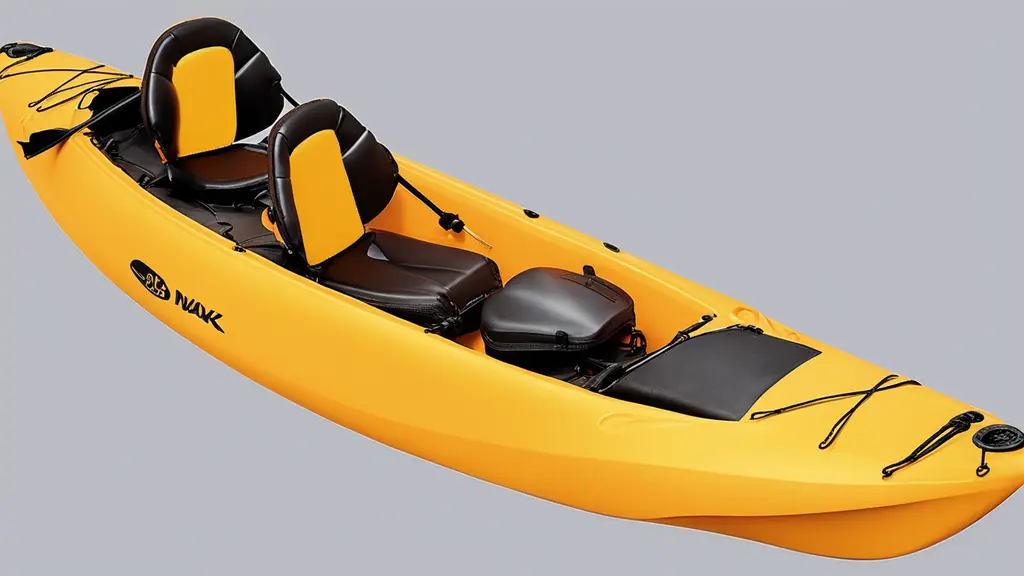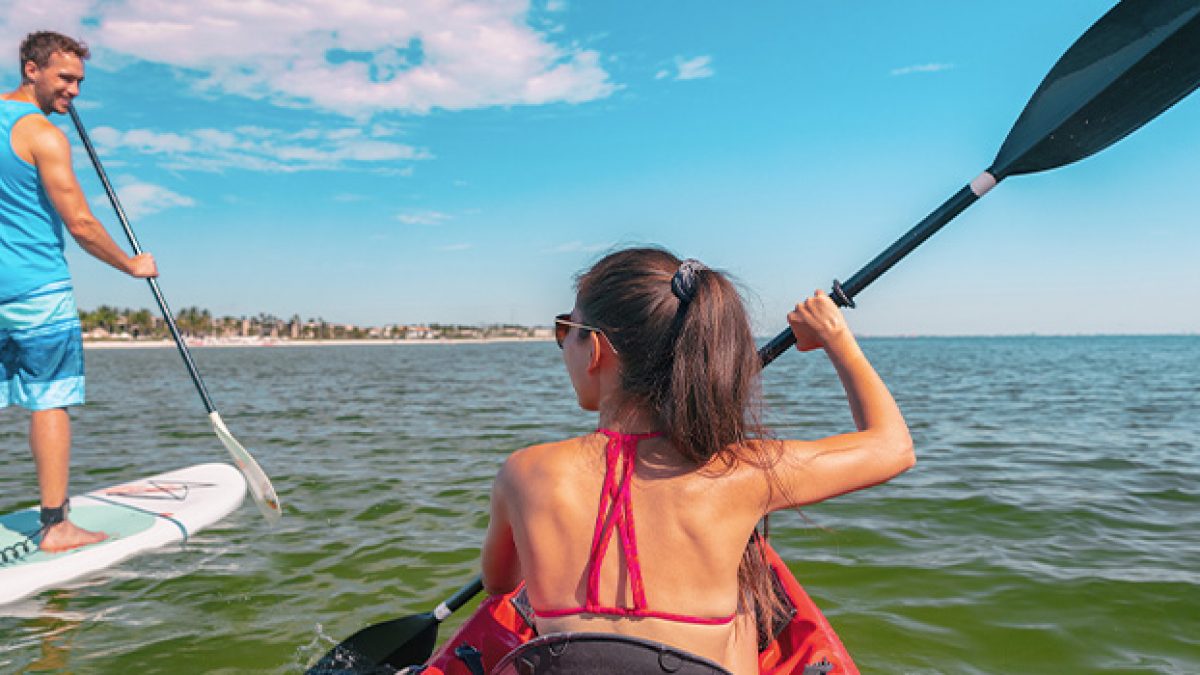Kayaking is a thrilling outdoor activity that combines the beauty of nature with the excitement of paddling through waterways. Whether you’re a seasoned kayaker or a beginner gearing up for your first adventure, knowing what to wear is crucial for a comfortable and enjoyable experience. In this guide, we’ll cover everything you need to know about what to wear to kayaking and gear for your kayaking journey.
Understanding the Kayaking Environment
Before you start choosing your kayaking attire, it’s important to consider the environment you’ll be kayaking in. Different conditions, such as temperature, water type, and weather, can greatly influence your clothing choices.
- Temperature: If you’re kayaking in colder waters, you’ll need more insulation to stay warm. Warmer waters require lighter clothing to prevent overheating.
- Water Type: Will you be kayaking in calm lakes, flowing rivers, or open seas? Each water type has its own set of challenges and clothing requirements.
- Weather: Check the weather forecast before heading out. Dress accordingly to protect yourself from rain, wind, and changing temperatures.
Essential Clothing for Kayaking

Base Layers
Base layers are the foundation of your kayaking outfit. They provide moisture-wicking and temperature regulation, ensuring your comfort throughout the activity.
- Choose lightweight, breathable materials like synthetic fabrics or merino wool.
- Avoid cotton, as it retains moisture and can make you feel cold and uncomfortable.
Quick-Drying Clothing
Kayaking involves getting wet, so it’s important to wear clothing that dries quickly to avoid discomfort.
- Opt for quick-drying shorts, pants, and shirts.
- Consider board shorts, rash guards, and moisture-wicking t-shirts.
Water Shoes
Proper footwear is essential for grip, protection, and comfort while kayaking.
- Water shoes or neoprene booties are ideal as they provide traction and protect your feet.
- Make sure they fit well and won’t come off easily in the water.
Protective Accessories
Accessories help protect you from the elements and enhance your kayaking experience.
- Wear a wide-brimmed hat or a cap to shield your face from the sun.
- Sunglasses with polarized lenses reduce glare from the water.
- Fingerless gloves provide grip and prevent blisters.
Choosing the Right Outerwear
Paddling Jackets
Paddling jackets are designed to keep you dry from splashes and light rain.
- Look for jackets made from waterproof and breathable materials.
- Ensure the jacket has adjustable cuffs and a snug-fitting collar to prevent water from entering.
Wetsuits and Drysuits
For colder waters, wetsuits and drysuits are crucial to prevent hypothermia.
- Wetsuits are made from neoprene and provide insulation by trapping a thin layer of water against your skin.
- Drysuits are fully waterproof suits that keep you dry by preventing water from entering. They are suitable for extremely cold conditions.
Safety Gear and Accessories
Personal Floatation Device (PFD)
A PFD is a life-saving piece of equipment that should be worn at all times while kayaking.
- Choose a PFD that is approved for kayaking and fits snugly.
- Ensure it doesn’t restrict your movement and has adjustable straps.
Sun Protection
Sunburn can be a serious concern while kayaking due to prolonged sun exposure.
- Apply waterproof sunscreen to exposed skin.
- Wear a long-sleeved rash guard to protect your arms and torso.
Waterproof Bags
Protect your belongings from water damage by using waterproof bags or dry bags.
- Pack essentials like your phone, keys, and snacks in waterproof bags.
- Secure the bags to your kayak using bungee cords or deck rigging.
Additional Tips for Comfort and Safety
- Layering: Layering allows you to adjust your clothing as needed. You can easily remove or add layers to stay comfortable.
- Avoid Heavy Jewelry: Remove any valuable or heavy jewelry before kayaking to prevent loss or discomfort.
- Check Regulations: Be aware of any local regulations or requirements for kayaking attire, especially in more regulated waterways.
- Practice Safety: Even if you’re a skilled kayaker, unexpected situations can arise. Always prioritize safety by wearing appropriate gear and following proper techniques.
Conclusion
Choosing the right clothing for kayaking is essential for a safe, comfortable, and enjoyable experience on the water. By considering the environment, opting for quick-drying and moisture-wicking materials, wearing appropriate outerwear, and prioritizing safety gear, you’ll be well-prepared for your kayaking adventure. Remember to stay informed about the conditions of your chosen waterway and adapt your attire accordingly. With the right clothing and gear, you can fully immerse yourself in the beauty of kayaking while staying protected from the elements.
Rea more about Kayaking in the following guides:
- How to Transport a Kayak
- What to Wear for Kayaking in Summer
- How to Store a Kayak in the Garage
- What is a Skeg on a Kayak
- What is a Tandem Kayak
- How to Build a Homemade Kayak Launch
- How to Get in a Kayak

Meet Hudson, an enthusiastic writer and the Chief Editor at Outdoor Bravo Blog. Hudson’s heart belongs to the world of kayaking and kayaks, fueled by his insatiable love for nature and adventure.
